Ok I realize our class on “Rethinking Participation and Community” was a few weeks ago, but having thoroughly enjoyed Miwon Kwon’s article, I’ve been doing a little additional reading in the genre of site-specific art, particularly how it’s evolving. So I thought I’d finally share my findings with you.
Introduction
It seems that since it’s popularization in the 1970’s the genre of site-specific art has been highly problematized by artists and critics. Underlying this approach is a contemporary notion of ‘site’ as unfixed, transient and active. Starting with Miwon Kwon, I looked at several other theorists in this field; mostly Nick Kaye (informed by Michel de Certeau) and James Meyer. Each of these critics takes a different approach to the new profile of site-specific art, but all are based on the changing nature of the ‘site’ itself. Nick Kaye defines site as performative as much as sculptural, James Myer labels it as ‘functional’ rather than ‘literal’ (operating as a dialogue between a network of places rather than a singular reality privileged by the artist), and Miwon Kwon articulates its dematerialising tendencies and consequently the displacement of it’s former ‘presence.’
Two works I came across that demonstrate this overall destabilization of the site are Nights in this City (1995) and Secret (1994). Nights in this City is a theatrical bus ride by collaborative group Forced Entertainment. Secret is a performance piece by Renee Green, in which the artist lives in a tent within an exhibition space for the duration of the show.
Site as Performance, Nick Kaye & Michel de Certeau
For Nick Kaye, present site-specific works are defined by the basic elements of performance: movement, the body and transience. Kaye aligns his notion of the performative site with de Certeau’s conceptualisation of space. De Certeau distinguishes between the terms of place and space, proposing that space is “practised place.” De Certeau clarifies that “spatial practices do not reproduce fragments of a given order but operate as ordering activities, whether that activity be walking, reading, listening or viewing.” A cultural form of “spatial practice,” site-specific art shares this fundamental sense of mobility. Kwon confirms that the advanced site-specific artwork “no longer seeks to be a noun/object but a verb/process.” Nights in this City and Secret possess varying forms of movement. In Nights in this City the viewer is taken on a bus ride around the Northern England city of Sheffield. On the bus, several tour guides provide an increasingly unintelligible account of the places visited along the way. As the bus follows the roads, the passengers follow the words, whether in the act of speaking or listening. In this way, Forced Entertainment generates a double movement through travel and language. Whilst Renee Green’s Secret is not overtly in motion, the tent signifies a lack of fixation, alluding to the itinerant lifestyle of site-specific artists.
More importantly, all movement in these works originates in the body. As a performative intervention, Nights in this City incorporates not only the movement of the artists but that of the audience into the work. In line with De Certeau, as viewers and listeners, they are as much ‘performers’ of space as the group leading the tour. In contrast, Renee Green’s work is about her own singular body, however her experience represents many of today’s artists as a whole affected by the mobilisation of the site, which is simultaneously liberating and estranging. Secret is described by Kwon as a documentation of “the artist’s peripatetic existence in a globalized art ambience.”
The third trait in Kaye’s performative model of site specificity, implied in both movement and the body, is transience. Site-specific becomes somewhat situation-specific, as can be seen in Nights in this City and Secret, which are both willfully transitory, whether measured by hours or days, respectively. Kwon writes, “the guarantee of a specific relation between an artwork and its ‘site’ is not based on a physical permanence of that relationship…but rather on the recognition of its unfixed impermanence, to be experienced as an unrepeatable and fleeting situation.” Ironically, this transitory condition of site specificity has become a constant.
Site as ‘Functional’, James Meyer
James Meyer coins the term ‘functional’ to define the new conception of site. Thus instead of performance, he identifies discourse as the central attribute of contemporary site-specific art: textualized operations occuring in multiple locations. Nights in this City and Secret both embrace the multiplicity of the ‘functional’ site. A sightseeing tour by its very nature is a network of numerous destinations, facts and stories. Meyer describes, “The ‘work’ was thus not a single entity, the installation of an individual artist in a given place. It was on the contrary a function occurring between these locations and points of view, a series of expositions of information and place.” Superficially, Renee Green’s Secret is “a single entity, the installation of an individual artist in a given place.” Instead of exploring an area, physically or theoretically, she remains within the same tent for the whole duration of the exhibition. However she is still devoid of a unique locality as this act metaphorically embodies her nomadic condition across contingent sites and projects. Side-by-side, two these works have a fascinating (reciprocal) relationship with this new (inter)textual site: Nights in this City textualizes space whilst Secret spatializes discourse.
Site as Absence, Miwon Kwon
Finally, Miwon Kwon considers the implications of a practice coordinated by an unanchored, dematerialised (and sometimes even fictionalised) site. She traces site specificity’s expansion beyond art, re-classifying it as a “problem, idea, as a peculiar cipher of art and special politics.” However with the displacement of site’s former “presence” comes the threat of a sense of absence, which Kwon attributes the spatial indifference of today’s globalized world. Due to the constant movement and dispersal of site-specific art, the ‘site’ seems to always be left behind: either as an ‘in-between’ or an ‘elsewhere’. Meyer describes this desertion from the site as a “place marked and swiftly abandoned.” Both Meyer and Kwon fear this abandonment may become absolute, foreseeing the site as a “ruin”.
Kwon also refers to site as a “non-place,” a term originally penned by the anthropologist Marc Auge. Kwon notes that the majority of progressive site-specific artworks have adopted site strategies that work against aesthetics and tangibility. She describes them as “aggressively anti-visual… or immaterial altogether.” Nights in this City and Secret both necessitate certain materialities (the bus, the city, the tent, and the exhibition space), yet as performance-gesture-events, they are more significantly framed by temporality than matter.
Conclusion
In all of these writings and works there exists a mutual and perpetual oscillation between the site’s authority and dissolution. In Augé’s terms, site-specificity is located between the polarities of place and non-place, in which neither erasure nor completion is ever totally realised. This condition extends to the site-specific artist, whose experience is simultaneously nomadic and pivotal. As Kwon writes, there exists a “tension between the intensive mobilization of the artist and the recentralization of meaning around him or her.” Thus the distinguishing characteristic of contemporary site-specific practices may not be the performance, discourse, or absence of site but its internal paradox.

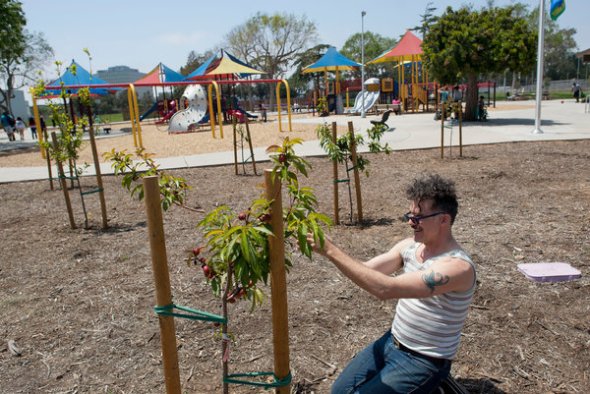


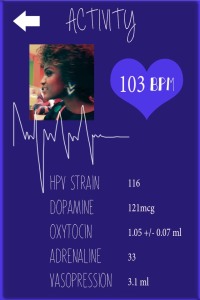

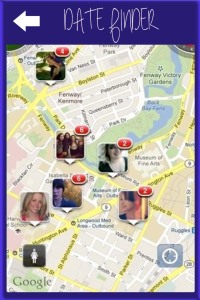
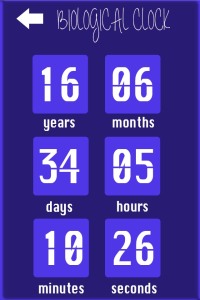
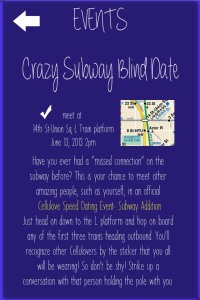

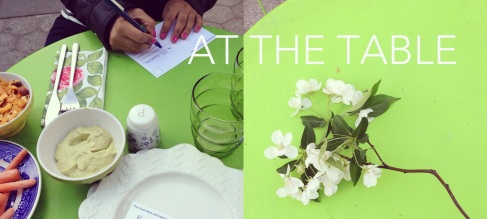
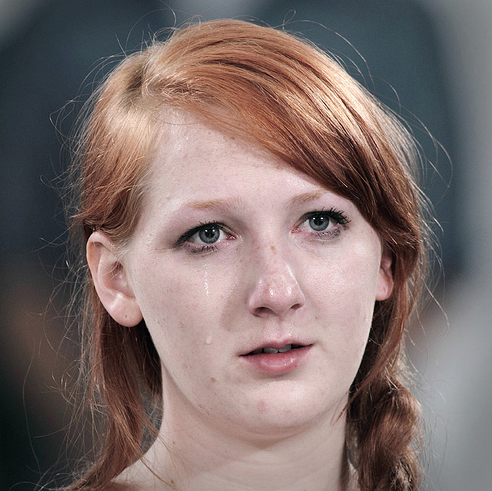

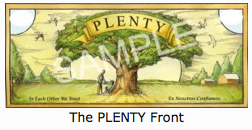

You must be logged in to post a comment.